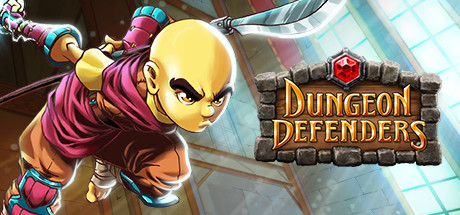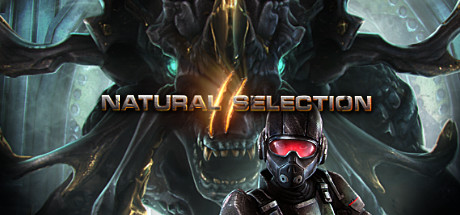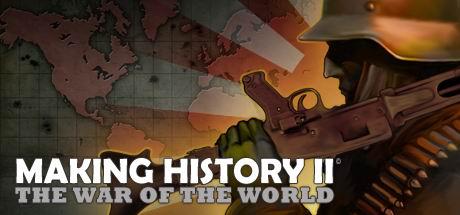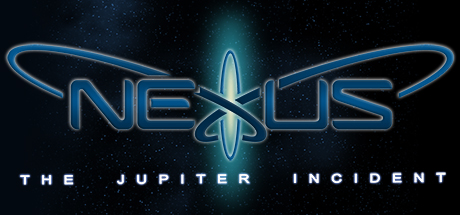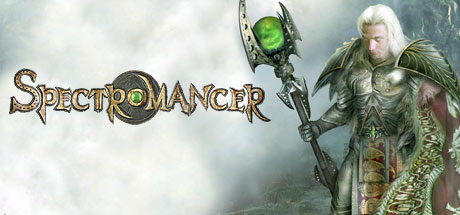The Long Journey Home Reviews
The Long Journey Home combines an open world full of galaxies, planets and anomalies with quests and mechanics of a rogue-like RPG. One destination. Endless adventures. Where will this journey take you?
| App ID | 366910 |
| App Type | GAME |
| Developers | Daedalic Studio West |
| Publishers | Daedalic Entertainment |
| Categories | Single-player, Steam Achievements, Steam Cloud, Full controller support, Remote Play on TV, Steam Trading Cards |
| Genres | Indie, Strategy, Simulation, RPG |
| Release Date | 30 May, 2017 |
| Platforms | Windows, Mac |
| Supported Languages | English, French, German, Spanish - Spain, Simplified Chinese, Russian, Korean, Polish |
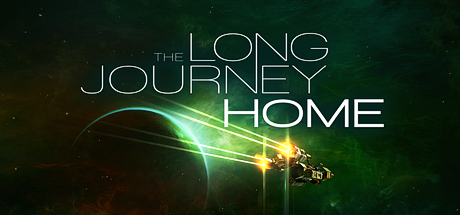
1 884 Total Reviews
1 113 Positive Reviews
771 Negative Reviews
Mixed Score
The Long Journey Home has garnered a total of 1 884 reviews, with 1 113 positive reviews and 771 negative reviews, resulting in a ‘Mixed’ overall score.
Reviews Chart
Chart above illustrates the trend of feedback for The Long Journey Home over time, showcasing the dynamic changes in player opinions as new updates and features have been introduced. This visual representation helps to understand the game's reception and how it has evolved.
Recent Steam Reviews
This section displays the 10 most recent Steam reviews for the game, showcasing a mix of player experiences and sentiments. Each review summary includes the total playtime along with the number of thumbs-up and thumbs-down reactions, clearly indicating the community's feedback
Playtime:
686 minutes
Garbage in, garbage out. This game had promise but failed to achieve basic orbit.
👍 : 0 |
😃 : 0
Negative


